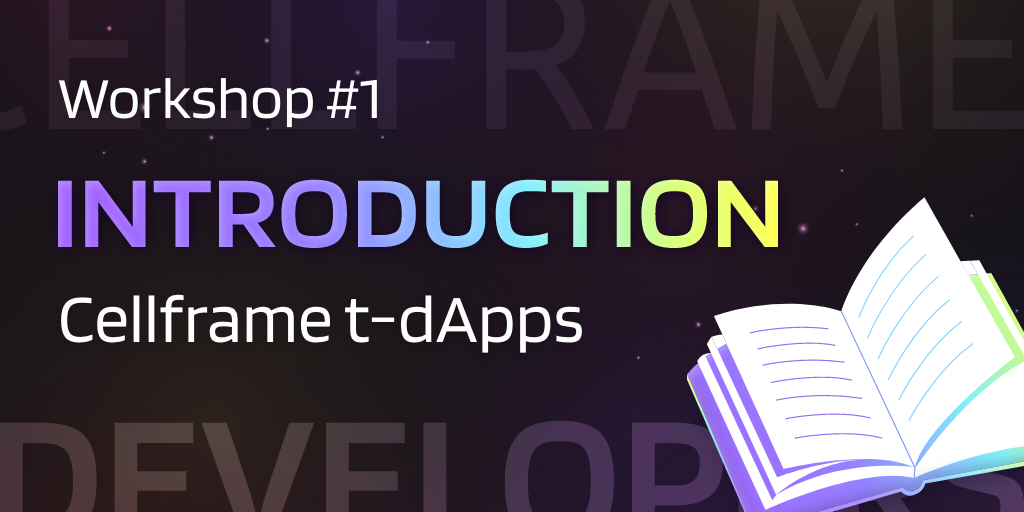Workshop #1: How to make t-dApps. Introduction
Category: About

Dmitry Gerasimov, Cellframe CEO, holds the first workshop for developers.
The workshop focuses on the difference between truly distributed applications and regular dApps.The CEO showed three layers of a dApp scheme on the drawing desk.

One in the middle is a verificator; every coin or unspent tick has many inputs. They vary from another blockchain’s transactions by different tokens. Also, there could be a lot of outputs that are closed by verificators. They could be simple as an address or more complicated as a condition. The last one checks a transaction and goes to another coin. The verificators could be coded. For instance, a verificator exchange is a token exchange for multi-channel transactions. If you want to exchange one token for another, you close it with an exchange verificator and set it with a description. Then a service pay verificator is most used. It works like a check describer. It interprets how many price units are provided. And the check should be two sides signed. If so, the service provider could take some part of the funds and return them with the same condition.
The Dashboard Extension is on the topmost level. Here we can see a widget part of the super application Cellframe dashboard. It works only with underlying layers where the verificator is. The most underlying level is the Cellframe node plugin. There could be a lot of running plugins.
All these plugins should be distributed with every Cellframe master node with a master role required to distribute all the plugins. If the plugin is included in the repository, it is checked. That is why every plugin is required to be open-sourced. This plugin should be run in our ecosystem. But this rule is flexible. So the plugin could be run mandatory or be optional or be social and served for free. If a new plugin is included, it is promoted by a new verificator. And this verificator sends some fees from every payment to the author’s and networks’ fees. They will be included for checking in the verificator. Networks’ fees will go to the special network government and be used for project development. It is the same as a fee from Appstore or Google Play but not big enough and smaller than the author’s fee. So, it will motivate people to run plugins. The split fee is separated from everything because the plugin should not be. First, it should be open-sourced, and then it could be run by anyone. So we need to make a different mechanism to provide profit for authors and the network.
📺 YouTube channel for developers
🧑💻 Our community for developers
Recent news
-
AMA, February 3: hackathons, workshops, bounty program
07 Feb 2022
-
New site, new logo, same Cell
29 Jan 2022
-
How to create your own Cellframe consensus
28 Jan 2022
-
AMA, December 30: the achievements of the year 2021
21 Jan 2022
